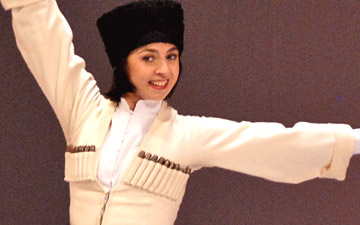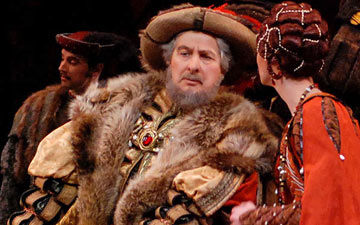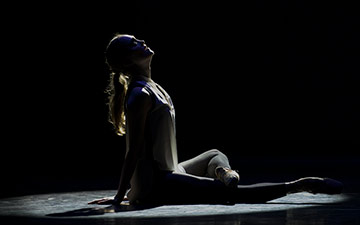
At the Sign of the Harlequin’s Bat
My Years with Cyril Beaumont
by Isabelle Stoughton
Dance Books, Paperback
2011, 104 pages, illus. £10
Publishers page on book
also Kathrine Sorley Walker’s biography on Beaumont, www.dancebooks.co.uk
Fifty or sixty years ago, no true ballet-lover would have dreamt of visiting London without calling in at Cyril Beaumont’s famous bookshop in Charing Cross Road. The great and the good of the dance world went to learn from his vast store of knowledge, to reminisce about the golden years of the Diaghilev company, or just to exchange gossip; younger people, just starting out on a lifetime of dance-watching, went of course for the books and the magazines and the memorabilia – it was a sort of anteroom to dance heaven – but also, in my case at least, just for a glimpse of the great man himself, the man who wrote the majestical Complete Book of Ballets, amongst so much else.
By the time I met him, Mr Beaumont was around 70: very quietly spoken, formally dressed, extremely polite and apparently very much wrapped up in his own world – it was quite a surprise to discover he would do such mundane tasks as organising subscriptions to the big American dance periodicals, and quite amazingly flattering when he eventually learnt my name and even – unasked – wrote a dedication in the front of one of his books for me. But his formality was somewhat intimidating, and as most of what’s been written about him since then concentrates on his meticulous scholarship, it’s a real pleasure to read this short memoir from someone who saw a different, and very human side of his character.

© Dance Books. (Click image for larger version)
Isabelle Stoughton worked in Mr Beaumont’s shop for around three years in the mid-1950s. She too started out awestruck, but as no man is a hero to his valet, maybe he can’t be such to his shop-assistant either, and although she never lost her deep respect for his erudition, she was soon chivvying him to bring some order and organisation into the chaos of his back-room office. He grumbled but clearly became fond of her and took her, to a certain extent, into his confidence. His wife by then was unwell and had long given up working with him in the shop, and “better not tell my wife” seems to have been a quite frequent warning: but I don’t think this was covering up any very grave sins, as the only instance the book actually describes is an occasion when he and several friends failed to find a taxi after a post-show dinner in Edinburgh and boldly WALKED back to their hotel. In the DARK.
It’s a very informally organised book, a stream of memories rather than a carefully structured chronology, and the author’s admiration for Mr Beaumont’s memory for facts leads her to spend too much time on such incidents as his run-in with Anton Dolin and Keith Lester about the difference between Margot Fonteyn’s interpretation of Fokine’s Firebird and Tamara Karsavina’s original version, which of course he saw in 1910. Much more interesting are the descriptions of the people who came to the shop: Mr Beaumont encouraged her to keep a journal (a copy is now in the ROH archives) and so we can hear for instance about Margaret Rolfe, who as a child had been taught by Marie Taglioni and still had souvenirs the great ballerina had given her.

© Dance Books. (Click image for larger version)
Stoughton herself obviously enjoyed the opportunity of making friends with some of the dancers she met through her job (and who wouldn’t?) and only gave up her work when she married and had to move out of commuting distance of the West End. She gives us with an affectionate, though not uncritical, portrait of a remarkable man and I found it very easy to like him: he claimed he could turn very nasty when necessary (though it seems a very mild nastiness and mostly deserved), and it sounds as if he could be infuriatingly stubborn; but mostly he comes over as a much warmer and more fallible person than I would ever have guessed.
________________________________
For a more formal account of C.W.Beaumont’s life, read Kathrine Sorley Walker’s biography:
Cyril W. Beaumont Dance Writer and Publisher (Dance Books, 2006)

















You must be logged in to post a comment.